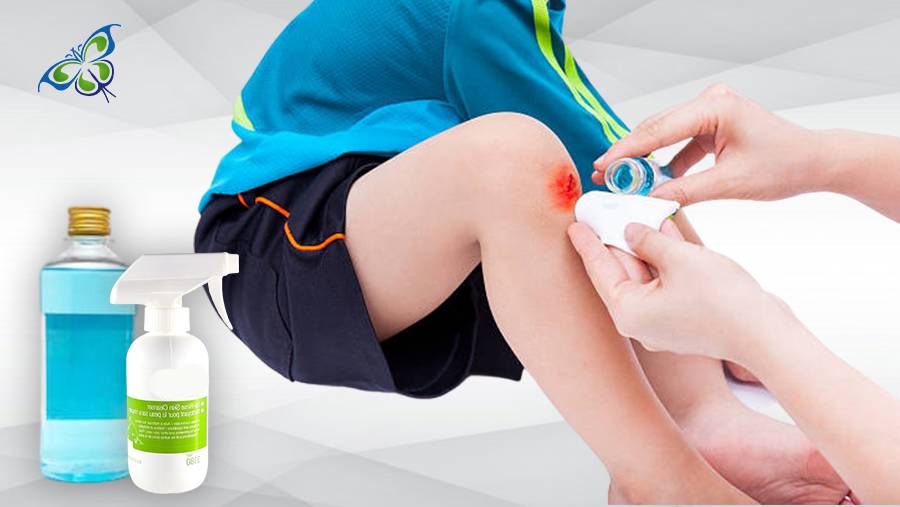
Hello
Select Address

In the layman’s language wound cleansing refers to the removal of foreign particles from the surface of the wound and the skin surrounding it. Removal of foreign bodies reduces the chances of infection. Although wound cleansing precedes any wound treatment activity, however, beware of excess cleansing!
Excess wound cleansing clears the wound bed of tissues and materials that are essential for wound healing! These are the regenerating epithelium, chemokines, and other growth factors.
How would you select your wound cleanser?
It's not that the wound cleansing solution is of a single type. There are various kinds of cleansers and certain factors that play a role in determining a suitable one –
Types of wound cleansers – the common types:
Long back we have noticed our grandparents (if you are a 90’s kid or even before) administering mercury compounds or even dyes as cleansing solutions. However, these are obsolete now. Wound cleansers today are either saline, anti-microbial, or plain water.
Commonly wound cleansing can be done using the ‘tap water’ that we are discussing here. However, since the normal drinking water or tap water bears chances of infection, they are not advisable on wounds that reach up to bones and tendons. Drinking water is neither isotonic, yet, it is used as an ‘acceptable alternative’ of normal saline or sterile water.
Medical studies have often held that the wound infection rate in the case of normal saline is often similar to that of tap water use!
Sterile water is exclusively advised in cases where a saline solution is contraindicated. For instance, in the case of silver dressings, saline is contraindicated because the silver reacts with the chloride ions to form silver chloride. This greatly reduces the efficacy of the sustained silver ion release on the wound.
However, there are a few things that you need to consider before using sterile water:
Normal saline is a plain cleansing solution that hardly interferes with the wound healing process. It has very low toxicity and does not interfere with the natural flora of the skin. Therefore, saline solution hardly causes allergic reactions and as told earlier – chances of wound infection is almost similar to that of tap water!
Normal saline also has no antimicrobial properties and is not able to cleanse dirty and necrotic wounds efficiently!
Wound cleansing, especially the necrotic wounds is likely to require antimicrobial solutions. The types of antimicrobial cleansing solutions are many –
Chlorhexidine – As we have often noticed chlorhexidine is present in mouthwashes. But why? Chlorhexidine has a broad spectrum of antibacterial properties. However, chlorhexidine might cause allergic reactions. Moreover, it is pH-dependent and hence the body fluids or tap water may reduce its efficacy!
Acetic acid – The biggest virtue of acetic acid (or vinegar) is that it is readily available. The concentration of acetic acid in the solution is crucial for wound healing.
Povidone Iodine – PVP-I, as Povidone Iodine is commonly referred to as, is a very efficient cleansing solution for acute wounds like human and/or animal bites, gunshot wounds, stabs, etc. PVP-I is also considered to be a broad-spectrum antimicrobial agent that is effective against many types of pathogens.
The list above includes many more names like the Hydrogen peroxide solution (which is hardly used nowadays), Octenidine, Superoxidized solution, polyhexanide, and so on. Whether you or your medical caregiver decides as to which one to go for – it solely depends upon 2 factors:
The wound healing and/or the infection-reducing ability of the product.